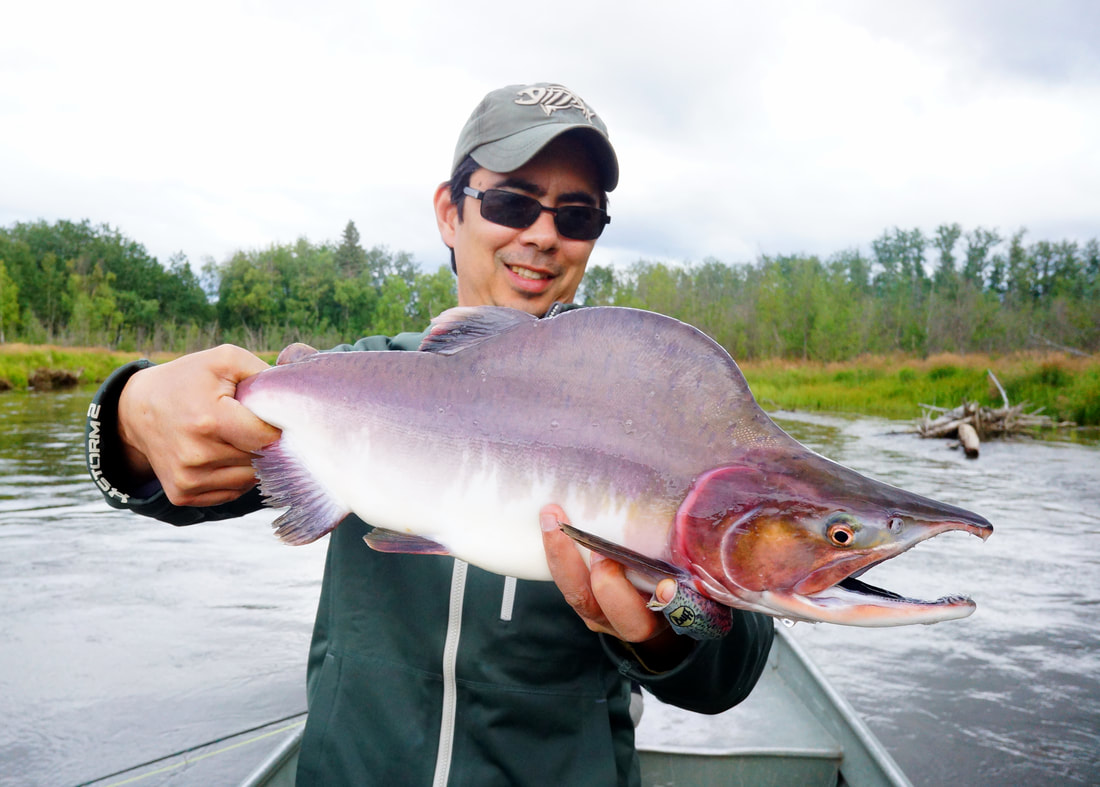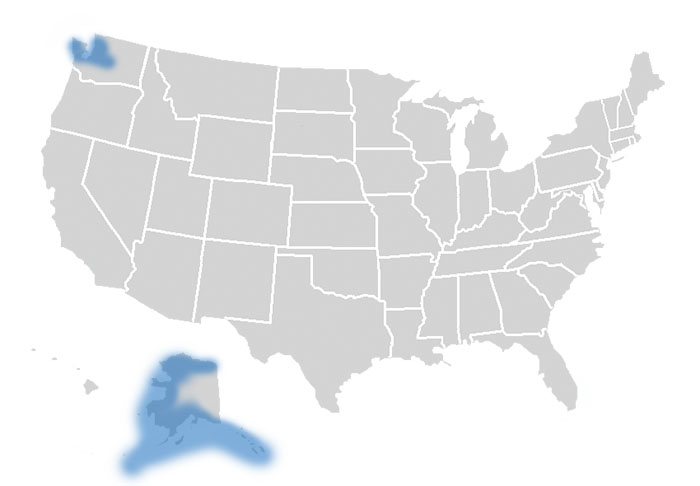A lot of pink salmon, also called “humpies,” are found along the Pacific coast. They are a popular game fish. Pink salmon are highly valued for their tough fighting spirit and taste great when cooked fresh. They also make great fishing targets. Even though pink salmon don’t live as far away as some other salmon species, there are still many great places to catch them.
Puget Sound, Washington
The prime spot to catch pink salmon in the lower 48 states is Washington’s Puget Sound. During odd numbered years, Puget Sound sees huge returns of pink salmon – over 3 million fish in some runs! Puget Sound offers broad areas to fish, with popular spots being Possession Point, Humpy Hollow, Edmonds, Seattle, Tacoma Narrows and the Nisqually River delta.
Both boat and shore anglers find success jigging for pinks in Puget Sound. Slow trolling herring or hoochies behind flashers is also deadly. Focusing on shallow waters less than 100 feet deep is key. The peak season is late July through September.
Strait of Juan de Fuca
The gateway for pink salmon returning to Puget Sound is the Strait of Juan de Fuca Areas near the mouth of the strait at Neah Bay and Sekiu see huge numbers of pink salmon from June through August Trolling slowly with small spoons and hoochies produces steady action, Shore anglers also do well casting spinners and jigs,
Fraser River, British Columbia
The mighty Fraser River in British Columbia sees staggering salmon returns each year including millions of pink salmon. These humpies average 6-8 pounds with some hitting 12 pounds or more. Peak pink salmon fishing happens from mid-August through September.
Upstream, near Williams Lake and Prince George, is where the best fishing is. This is where pink salmon gather before the spawning run. During the peak of the run, backbouncing roe or drifting floats with roe works very well.
Alaska
No discussion of pink salmon fishing is complete without mentioning Alaska. While not as large as the red and silver salmon runs, pink salmon runs number in the millions in southeast and southcentral Alaska. Peak fishing happens from late June through August depending on location.
Popular spots for intercepting schools of pink salmon include Sitka, Juneau, Petersburg, Ketchikan and near the mouths of spawning rivers like the Kenai and Copper Rivers. Slow trolling bait near shore is the go-to technique. Shore fishing can also be outstanding when the humpies are running thick.
Oregon Coast
While not as abundant as their northern neighbors, decent numbers of pink salmon can be caught along the Oregon coast during late summer and early fall. Look for schools of pinks hugging jetties and shorelines from Newport north to the Columbia River. Casting spoons and spinners from piers and jetties offers the best success.
Washington Coast
The Washington coast from Westport up to Neah Bay sees nice runs of pink salmon, peaking from mid-July through August. Focusing around river mouths like the Hoh, Quillayute and Sol Duc produces the most action. Slow trolling herring or casting spinners and spoons are effective tactics. Look for jumpers and birds to pinpoint schools of pinks.
Tips for Pink Salmon Success
- Fish early morning and late evening when pinks are most active
- Target shorelines, current seams, river mouths and shallow bays
- Use brightly colored lures like pink, chartreuse and orange
- Add scents like shrimp or krill to increase strikes
- Keep your presentation moving at a steady pace
- Watch for jumping fish and feeding seabird activity
- Use lighter line and leaders for finicky biters
- Keep pinks very cold and bleed immediately after catching
- Prepare and freeze pinks soon after catching for best quality
Known for their vibrant spawning colors and acrobatic jumps, pink salmon offer fast-paced fishing fun for anglers of all skill levels. Follow this guide to top spots and techniques for catching these hard-fighting fish!

Where to catch Pink Salmon
There are a lot of pink salmon in the Pacific and Arctic oceans, the Sea of Japan, the Bering and Okhotsk seas, and the rivers that flow into those bodies of water.

The following are habitats where you can catch Pink Salmon:
How to identify Pink Salmon
Pink salmon are the smallest and the most numerous of the five types of salmon. Their coloring is usually silver, though some are a dull green color. They can grow as long as 30 inches and their average weight is 3-5 pounds. Pink salmon have large black spots on their adipose fins, as well as on their tails. Breeding males will turn pale red or pink with olive-green or brown spots. They also develop a humpback and a kype.
The BEST Way To Catch PINK SALMON (Complete Setup + Tutorial)
FAQ
Where is the best place to catch pink salmon?
Where is pink salmon caught?
Are pink salmon hard to catch?
What months do pink salmon run?
